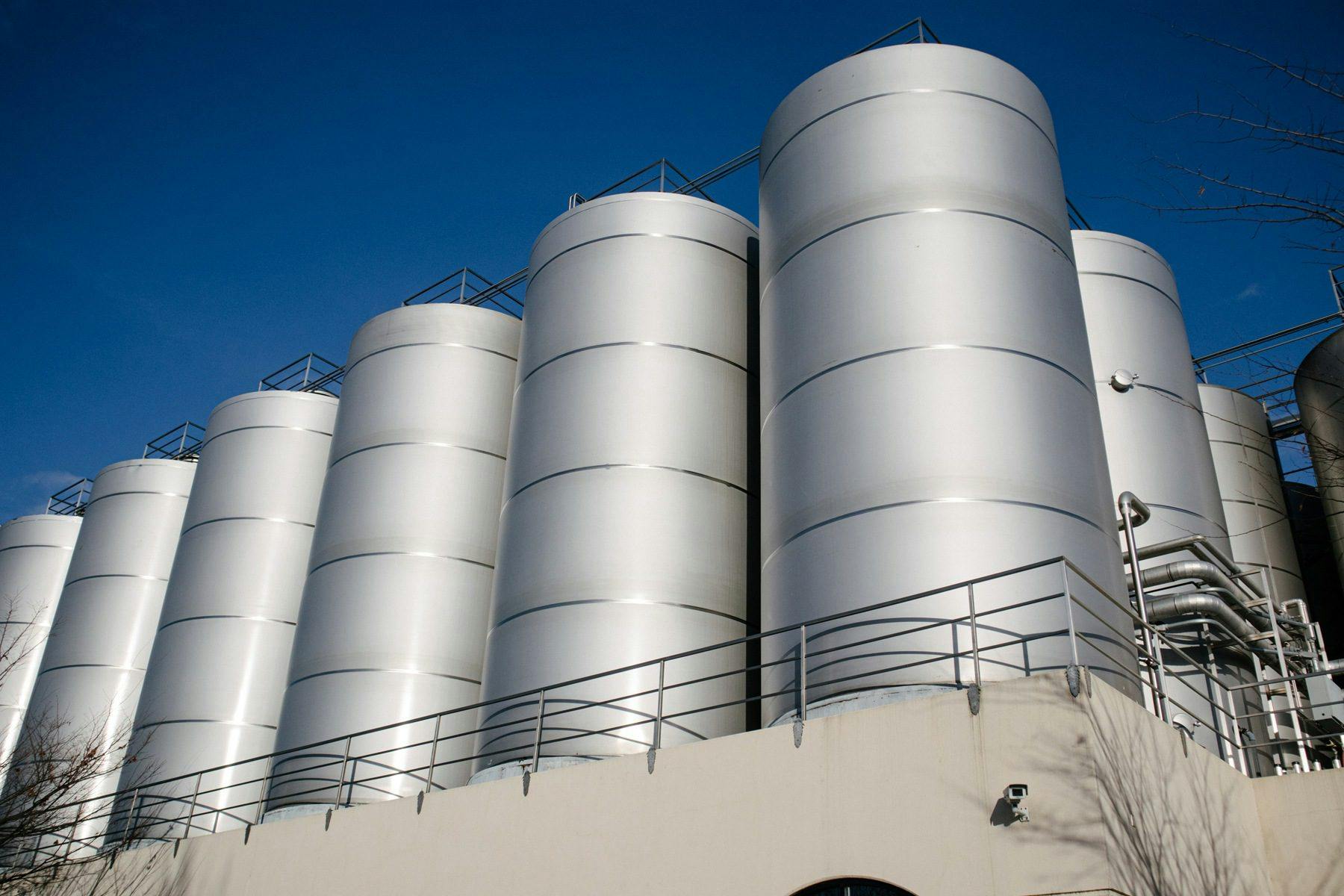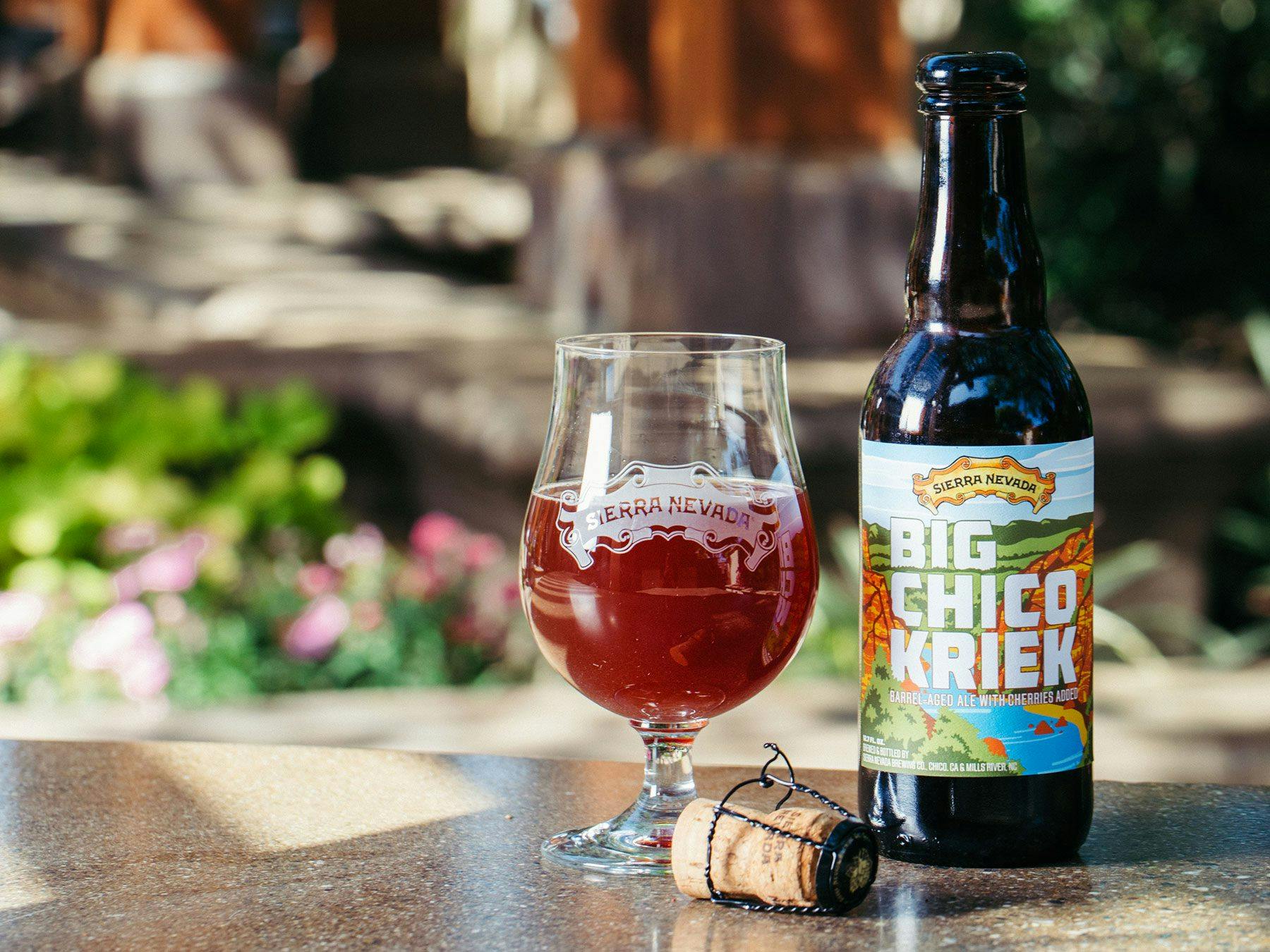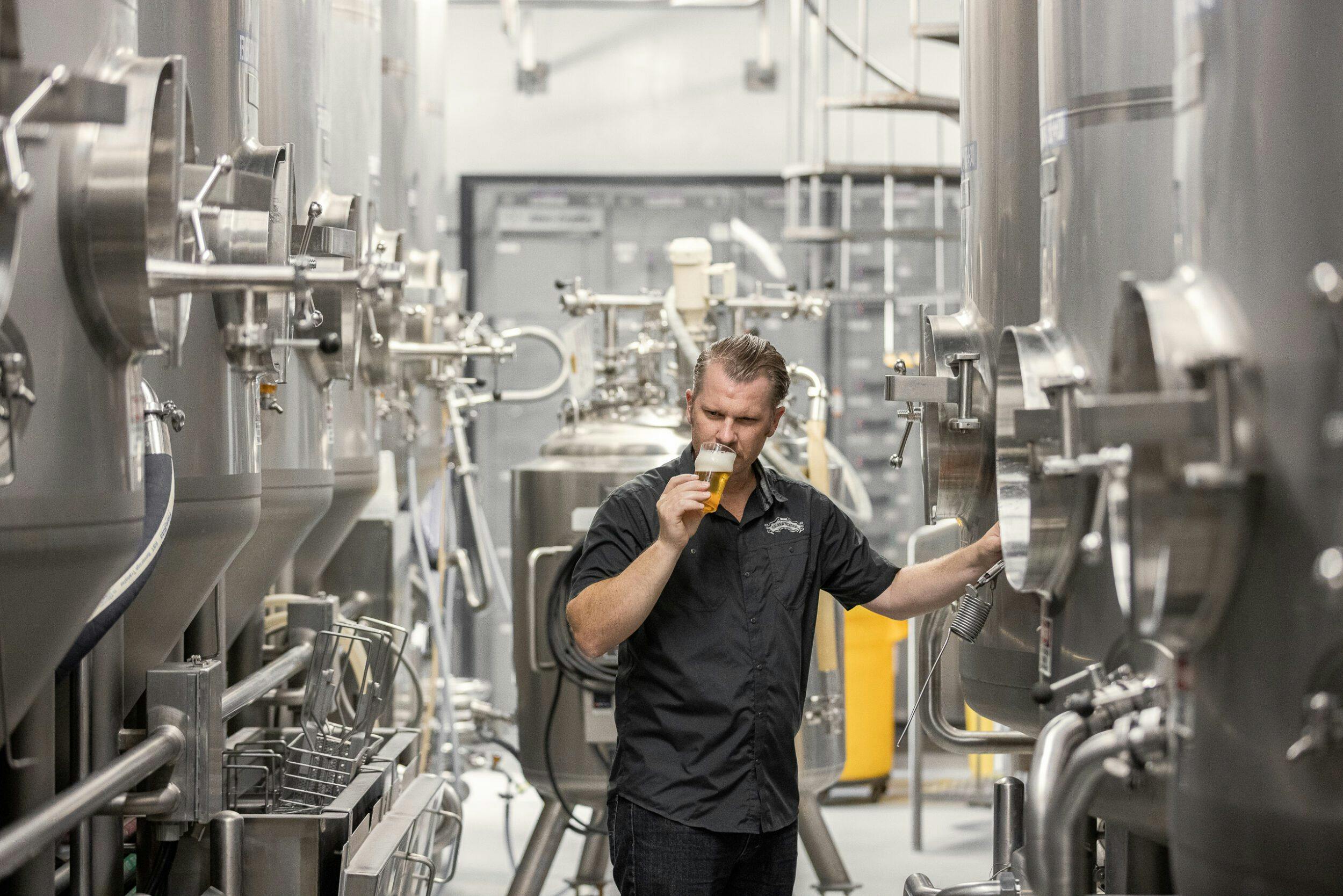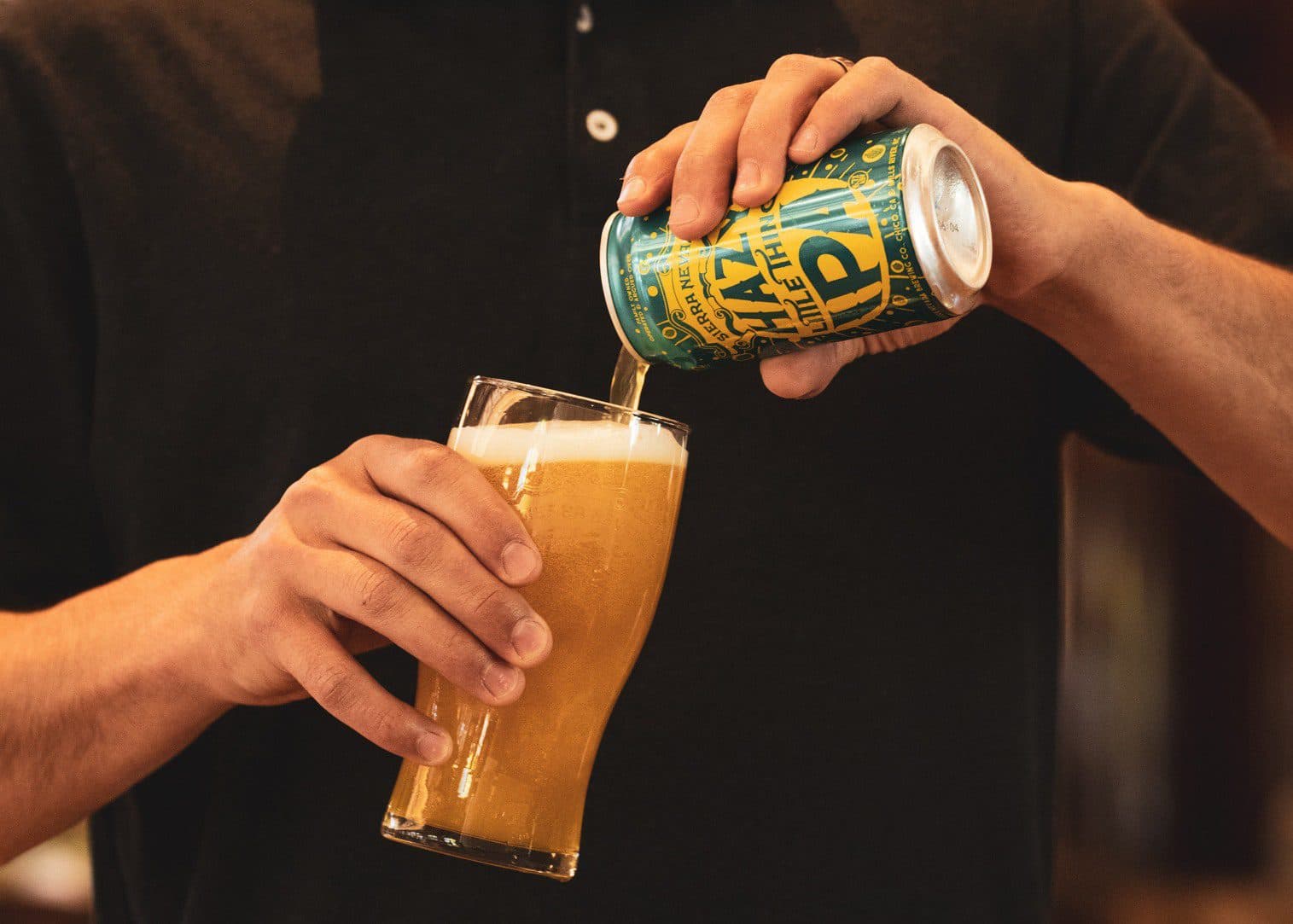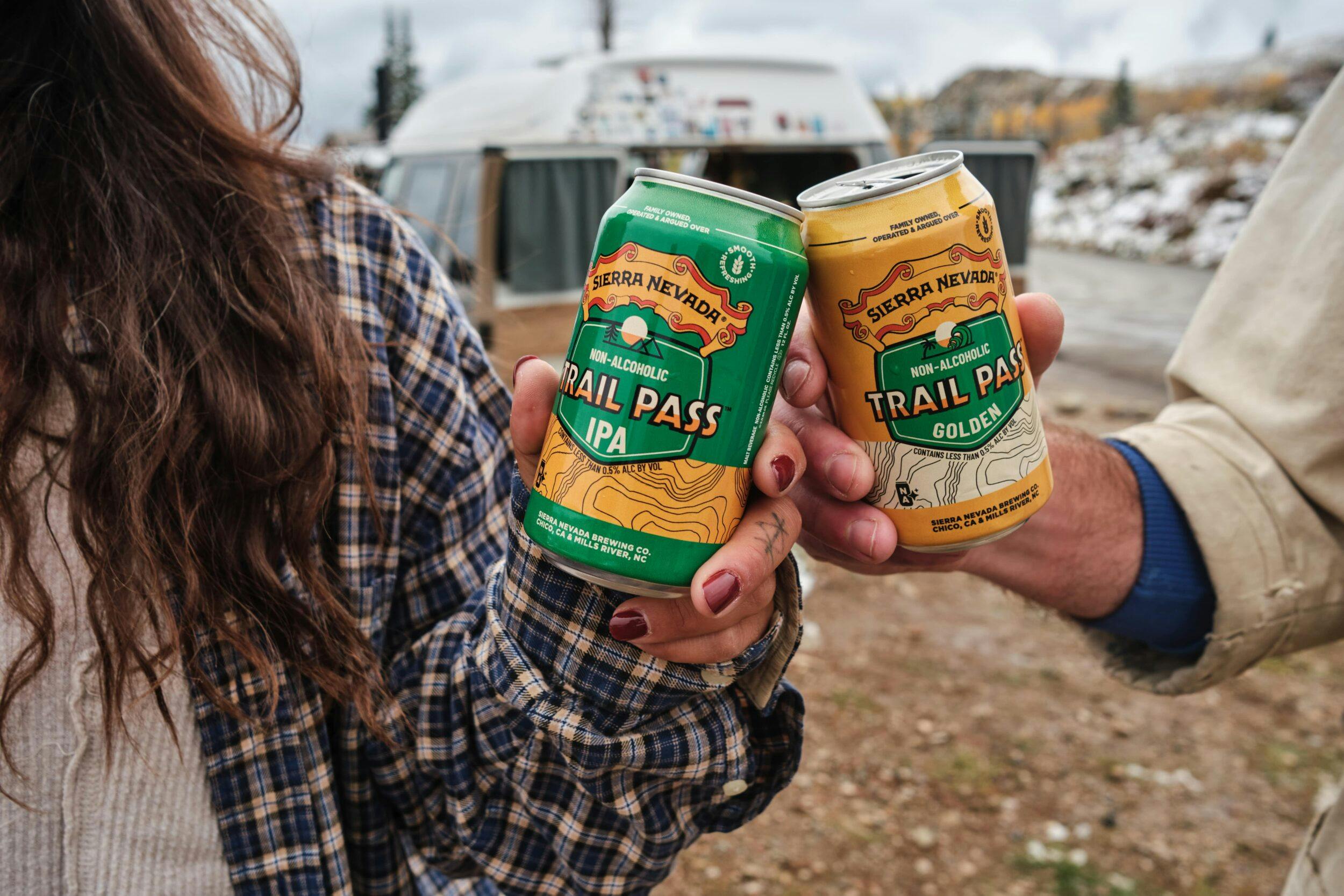
Fritz Maytag, who saved Anchor Brewing Company in San Francisco, has always been an intriguing guy. Canny too. He protected the term Steam Beer, so nobody else can use it. The style is actually California Common. A lager strain of yeast ferments the wort under the higher temperature conditions of an ale.
As such there would be plenty of effervescence (“steaming”) in fermentation, as the carbon dioxide (CO2) was produced vigorously. This gas is of course what leads to the bubbles. It also causes the tingle in beer: the more carbon dioxide, the more sparkle.
Cask Ales
The least carbonation in beer is found in the British cask ales. These beers are always “young.” Pretty much straight from fermentation the beer is racked into barrels (casks). It is essential that there is enough yeast still in the beer, together with some added sugar that the yeast will convert into CO2 in the container, a process known as conditioning.
The challenge with these beers is that, once they are tapped in the cellar of the pub, oxygen can start to enter the beer and greatly increase the risk of bacteria growing, notably those producing acetic acid (vinegar). Once opened, such beers have a shelf life of three days maximum. If ever you go to England and want confidence that the ale on tap is going to be good, always look for a Cask Marque sign at the entrance. This is an organization that sends people around the pubs to train bar staff and ensure that the draft beer is going to be tip-top.
One of the great things about cask ales is that they tend to be relatively low in alcohol, typically between 3.5 and 4.5% ABV. This means that they are relatively low in calories, the main contributor to calories in beer being alcohol. This is just as well, because they are very drinkable! Yes, there is some carbohydrate left in beer, but for the most part these are carbs that the body takes a time to digest — “good carbs.”
The main source of carbohydrate in beer is grain, especially malted barley. However, there is a tradition of adding sugar for several types of brew. The Trappist monks add candi sugar to the boiling kettle (this tank is often referred to as a copper, because of the metal used historically in its construction). Candi sugar is derived from sugar beet and there is somewhat of a heating in its production so that it is not only delivering sucrose but also some sweet caramel-like flavors and color.
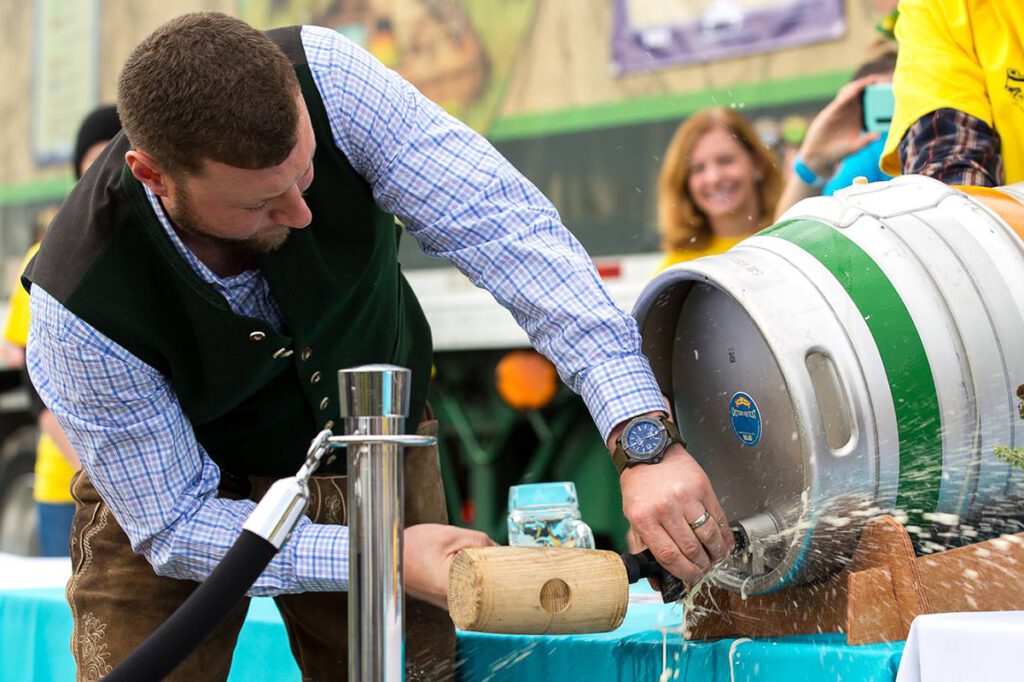
Campaign for Real Ale (CAMRA)
This style of beer is championed by an organization called the Campaign for Real Ale (CAMRA). I recommend their book, the Good Beer Guide, which is issued annually.
Truth is that CAMRA are rather too prescriptive with the beers they deem acceptable. In short, they tend to dismiss anything other than cask conditioned ale — even minor deviations are frowned upon. For example, if you use a centrifuge in the brewery to spin out yeast prior to adding back exactly the desired quantity, it is a no-no. And of course there is no filtration, not even using the modern approach of cross-flow filtration, that involves membranes made from things like ceramics in which the beer sweeps continually across the filter, keeping the surface clear of the removed solids accumulating on the membrane.
Corn, Corn Grits, Corn Sugar
There are plenty of brewers that use corn in the brew, either corn grits (pieces of the endosperm produced by milling) or corn sugar, in which corn starch is converted into fermentable sugars using enzymes in a sugar factory. The starch from corn needs a higher temperature to melt it and make it digestible than does starch from barley or wheat, so if you are going to use corn grits there is a need for a cereal cooker, in which vessel the slurry of corn grits is heated to nigh on boiling before being transferred into the main malt mash.
Caramel Malt & Crystal Malt
There remain many brewers who temperamentally cannot bring themselves to use adjuncts. They are of course very happy to use specialty malts, like caramel malt and the closely related crystal malt in which the germinating grain is allowed to rise in temperature to cause stewing and, thereby, the production of extra sugar and breakdown products from protein (the amino acids), the two of which meld together at relatively high curing temperatures (the highest temperature used on the kiln for a given type of malt) to produce color and lots of mellow but full flavors, like caramel and toffee and chewy. And then there is chocolate malt in which a finished pale malt is transferred to a roasting drum and heated intensely to generate black color and flavors like chocolate and mocha.
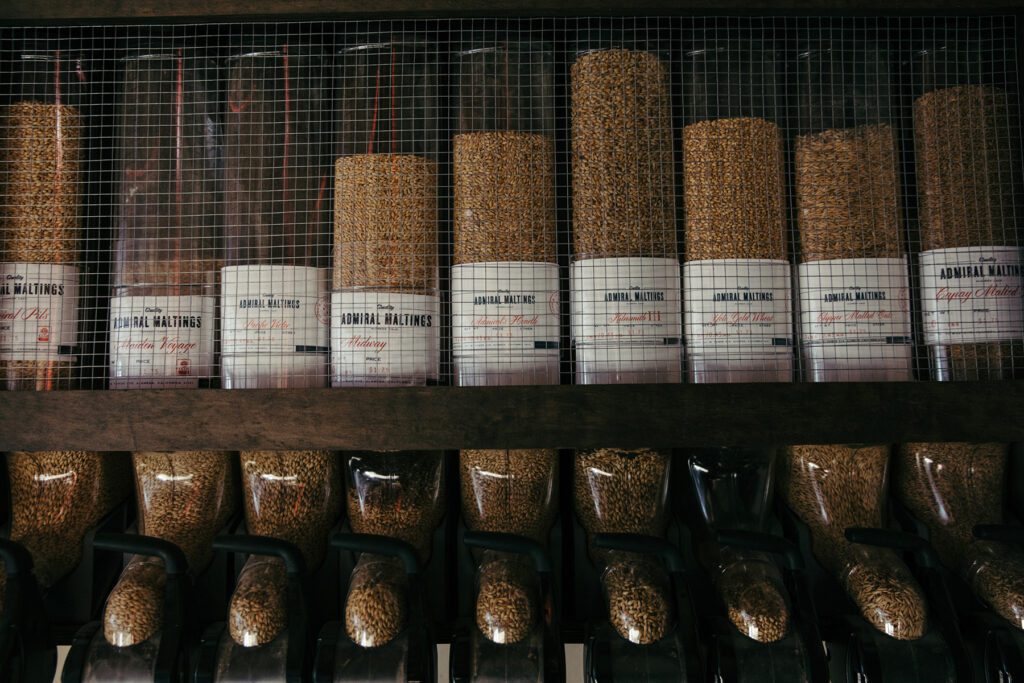
In Germany of course they have their purity law which insists upon malt, hops, yeast and water only. These specialty malts are okay, of course, but no raw cereal can be used. They wriggle around this! And so, there is chit malt, where a barley is allowed to sprout only to the point where the rootlet (the chit) starts to appear, poking out of the end of the grain. Then it is deemed no longer to be barley, it is malt, even though to sprout barley for a “proper” malt takes at least three or four days. Crafty!
– Charlie Bamforth
